Camryn Fujita (SCR ’21)
The Netflix documentary Seaspiracy that came out this past March was not the first attempt to question whether environmental food labels really reflect the “sustainable” practices they claim to guarantee. Although Seaspiracy has faced heavy criticism for selective reporting and their portrayal of aquaculture, climate change, and the state of the ocean, one useful takeaway from the film is that consumers should be wary of greenwashing: marketing strategies that provide misleading information or unsubstantiated claims that a company’s products are more environmentally friendly or ethically sourced than they really are.
In 2019, a class action lawsuit was filed against StarKist, Chicken of the Sea, and Bumble Bee’s, the three largest canned tuna companies in the United States. The suit claimed that the companies were violating the 1990 Dolphin Protection Consumer Information Act by labeling their tuna cans as “dolphin-safe,” yet still using harmful fishing methods, like drift nets or purse seine nets, known to harm dolphins and other wildlife. The suit also argued that these companies could not provide adequate separation between tuna that was “dolphin-safe” and tuna that was not. The lawsuit also alleged that StarKist violated federal racketeering law by sourcing tuna from foreign companies that did not meet federal “dolphin-safe” standards.
In response to the movement to boycott canned tuna that began in the 1980s, all major American tuna companies pledged to only sell “dolphin-safe” tuna by 1990. However, there were no standards set for what that label meant. In response, Congress passed the 1990 Dolphin Protection and Consumer Information Act, mentioned in the lawsuit. The Act states that “dolphin-safe” tuna could not be harvested with driftnets or in the eastern tropical Pacific Ocean with purse seine nets. At the same time, the U.S. placed an embargo on tuna imported from countries that were known to kill more dolphins in commercial fishing than the U.S. Over time, legislation changed in its definition of “dolphin-safe.” A revision to the 1990 Act called the 1997 International Dolphin Conservation Program Act, allows tuna to be considered “dolphin-safe” as long as the vessel’s fishing practices do not kill any dolphins. Therefore, it allowed drag nets that encircled whole schools, so long as they did not kill any dolphins with the catch. Competitors to the tuna companies named in the suit, like Whole Foods, Wild Planet, and Trader Joe’s that use costlier fishing methods such as pole-and-line and trolling that significantly reduce bycatch. Today, “dolphin-safe” labels in the U.S. usually either reflect the old 1990 Act standards or the 1997 revision standards, enforced by the U.S. Department of Commerce.
However, according to the National Oceanic and Atmospheric Administration (NOAA), while there are regulations in place to support safe fishing, tuna sold in the U.S. is not required to be caught by “dolphin-safe” methods. Companies can also create their own “dolphin-safe” labels not endorsed by the U.S. government. Furthermore, several countries, led by Mexico, attempted to challenge the U.S. embargo on imported tuna. The General Agreement on Tariffs and Trade (GATT) ruled against the U.S. trade embargo placed on foreign tuna companies that did not meet U.S. “dolphin-safe” standards in the early 1990s, meaning that the U.S. “could not exclude embargo imports of tuna products from Mexico simply because Mexican regulations on the way tuna was produced did not satisfy US regulations.” The ruling also set precedent by making it illegal for “one country tak[ing] trade action for the purpose of attempting to enforce its own domestic laws in another country — even to protect animal health or exhaustible natural resources.” The market shift toward using “dolphin-safe” labels has shown consumer preference for protecting dolphins. However, because U.S. regulations cannot ensure that all labels are up to the federal standard, people could still be unknowingly contributing to harmful fishing practices.
Some activists also point out that methods of fishing and the amount of dolphins killed are not the only factors ethically-minded consumers should care about. Greenpeace’s 2017 Tuna Shopping Guide ranks brands based on their own set of “ocean-safe” standards. They evaluate several popular tuna brands’ impact on labor and the environment on multiple levels, such as the health of tuna stocks, transparency and traceability, whether vessels engage in transshipment (the shipment of catch to intermediate boats, which allows fishing vessels to stay out at sea for longer periods of time without having to return to shore), and commitment to social responsibility. The issue with greenwashing is that some companies’ marketing tools capitalize on concerns about the environment by making consumers feel like they are helping the Earth by purchasing their products or by advertising environmental outreach programs, even though their core business model is not sustainable. To many, it seems as if these problems could be easily fixed if the government were to be more strict on regulating “dolphin-safe” labels, however that may require establishing a specific regulatory body or placing third-party supervisors on every vessel that leaves port, which could be unrealistic, costly, and would probably result in a backlash by the powerful tuna companies that dominate the commercial fishing market.

